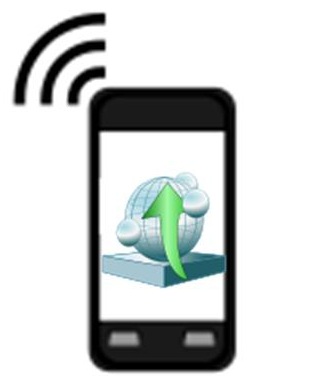 Pricing disparity in mobile applications is gaining notice
Pricing disparity in mobile applications is gaining notice
The world of mobile applications is evolving. App developers are beginning to push the boundaries as new, more advanced mobile devices are introduced to the global market. These devices are governed by their operating systems, of which the most prolific are the iOS and Android platforms. Each operating system boasts of a devoted consumer base, which often clash against one another as the two flaunt the performance and capabilities of their favored platform. The disparity between the two platforms is becoming more apparent in the arena of mobile applications, however, and the divide separating the operating systems is quickly becoming one of cost.
SoundHound shedding light on pricing disparity
SoundHound is a simple instant music search and discovery application. It is not the first of its kind, but has become very popular with mobile consumers around the world. The application is available to both the Android and iOS operating systems and is used quite regularly by consumers in both camps. Mobile applications are typically cross-platform, but their universal nature is punctuated by the fact that they do not cost the same on every platform. This issue is becoming highlighted by the SoundHound platform, as well as many others that are available to consumers.
Differing costs resulting from business model experimentation
SoundHound is available on the Android for $6.99 through Google Play. On Apple’s App Store, however, it is available for $5.99. The price disparity is not gargantuan, but SoundHound is one among many mobile applications that do not have singular pricing across all mobile platforms. This is because developers are beginning to test various business models and pricing points in several markets. Notably, the SoundHound application is available for the Windows Phone operating system for free.
Experimentation may be a risky venture in the mobile applications business
Testing new business models and pricing points can be very risky when it comes to mobile applications. Pricing disparity can often confuse or enrage consumers, leading to heavy criticism and causing applications to fail in the market. SoundHound has not been free of this criticism, but has managed to avoid the prospect of failure. The app has also begun to highlight the fact that the economics of mobile applications continue to evolve and that no concrete business plan has yet emerged to create a standard in the mobile space.

 People taking the subway in the Big Apple will find it easier with the use of their smartphones.
People taking the subway in the Big Apple will find it easier with the use of their smartphones.